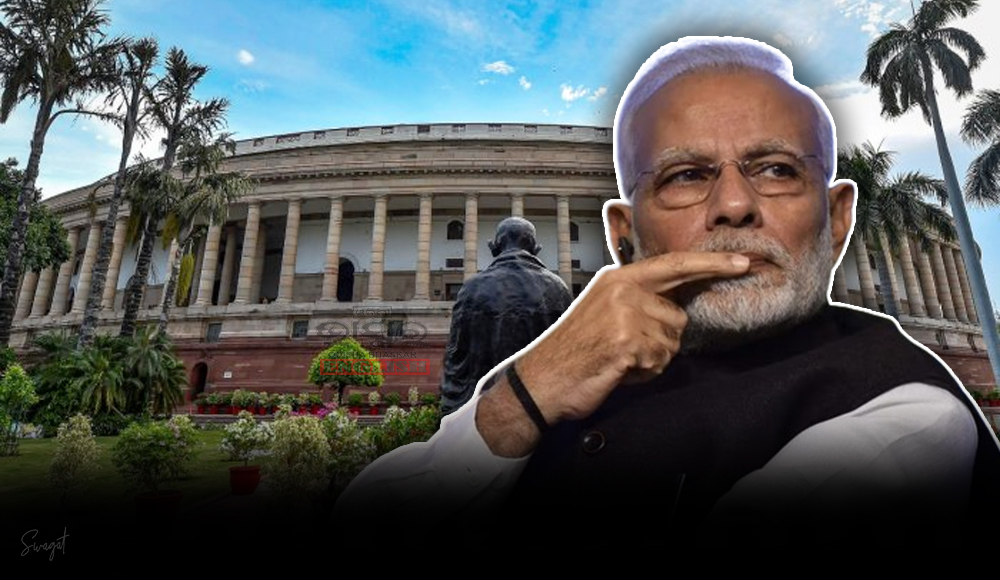New Delhi: The Congress party and the Bharat Rashtra Samithi (BRS) have filed two separate no-confidence motions against the Narendra Modi-led government in the Lok Sabha. The move comes amid an ongoing parliamentary impasse over the ethnic clashes in Manipur.
The no-confidence motions are unlikely to succeed, as the Modi government has a comfortable majority in the Lok Sabha. However, the opposition parties hope to win the “battle of perception” by focusing on the Manipur issue during the debate. They also want to compel the Prime Minister to address the critical matter in parliament, despite the government’s insistence that Union Home Minister Amit Shah will respond to the debate.
A no-confidence motion is a parliamentary tool employed by the opposition to express a lack of confidence in the government. It requires the ruling party to prove its majority in the House to retain confidence. If the government fails to secure the majority, it will collapse immediately, necessitating the entire cabinet’s resignation, including the Prime Minister.
The no-confidence motion serves as a strategic tool for the opposition to highlight the government’s failures and unite against it. It allows them to question the ruling government’s policies and discuss their concerns in the house, potentially leading to the government’s resignation if the motion is passed.
The last no-confidence motion against the Modi-led NDA government in 2018 was defeated by 199 votes.
The no-confidence motions filed by the opposition alliance against the Modi government indicate their strong stance on the Manipur crisis and their attempt to hold the government accountable for its handling of the situation. The debate in the Lok Sabha promises to be a crucial platform for discussing the pressing issues concerning Manipur and the government’s actions in response to the crisis.




Comments are closed.